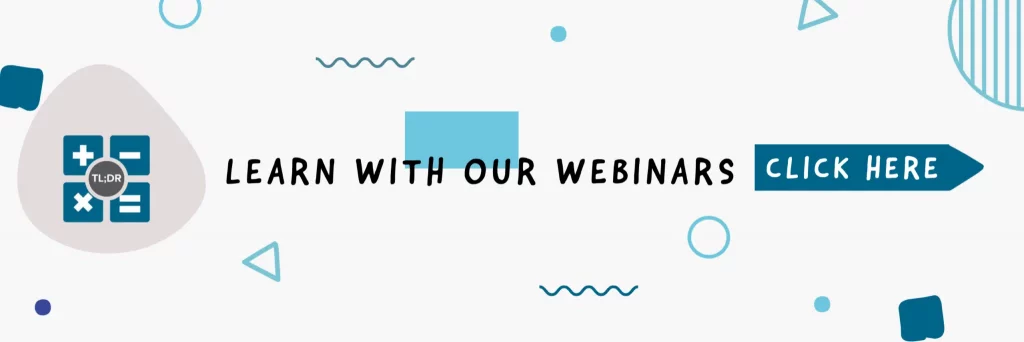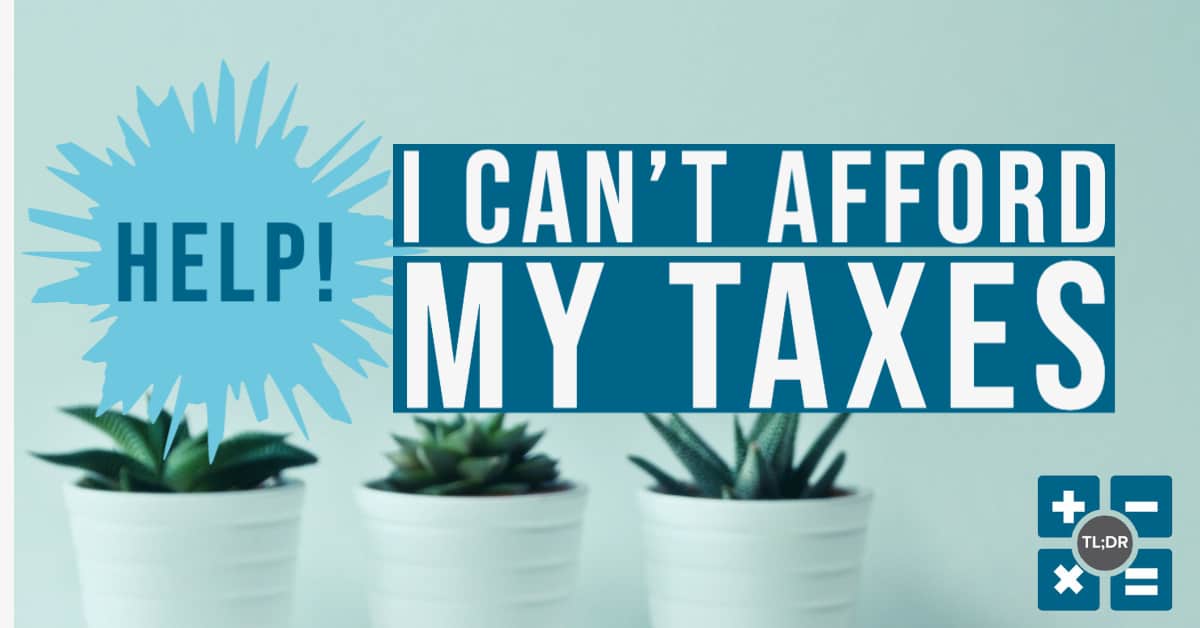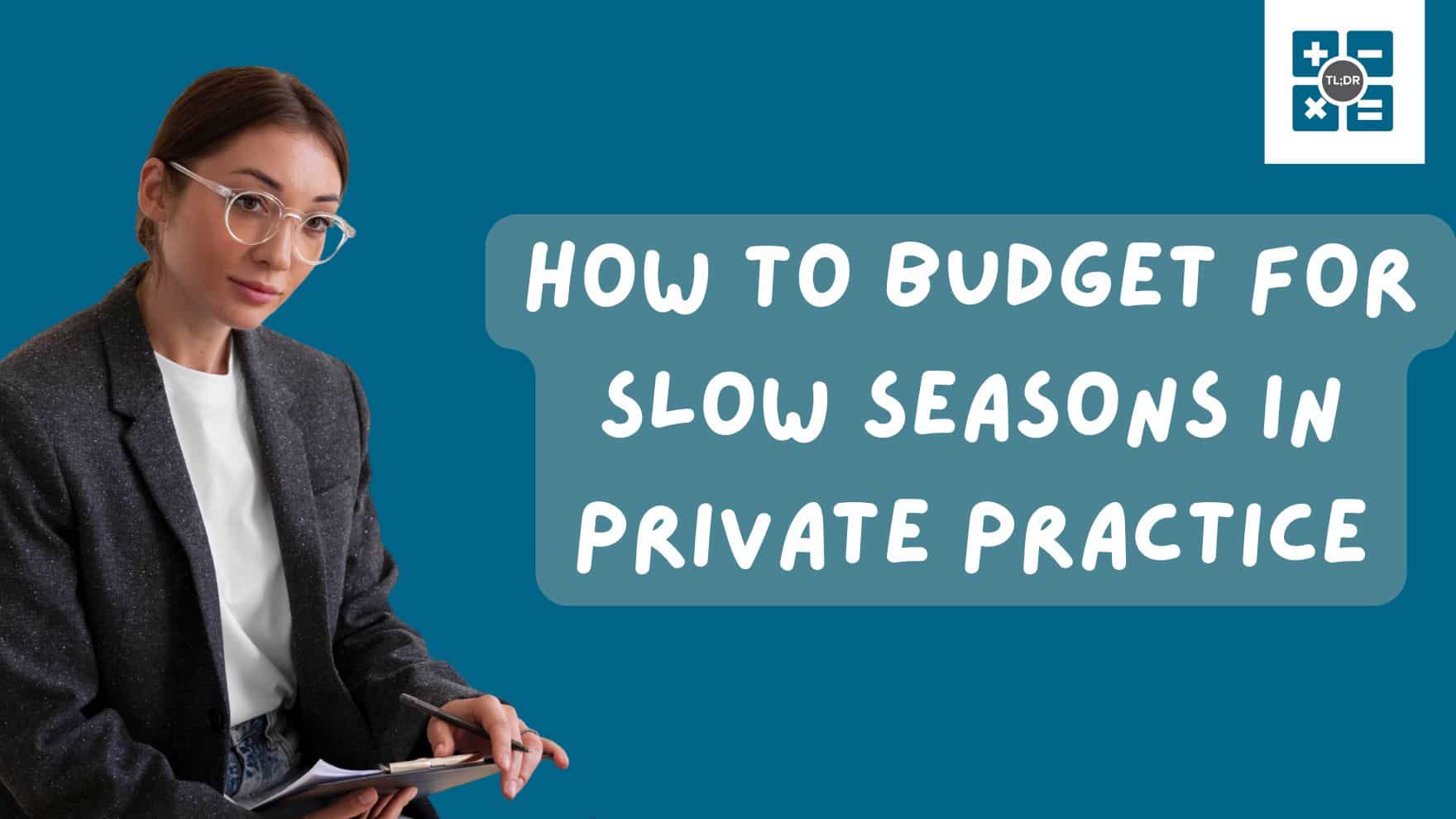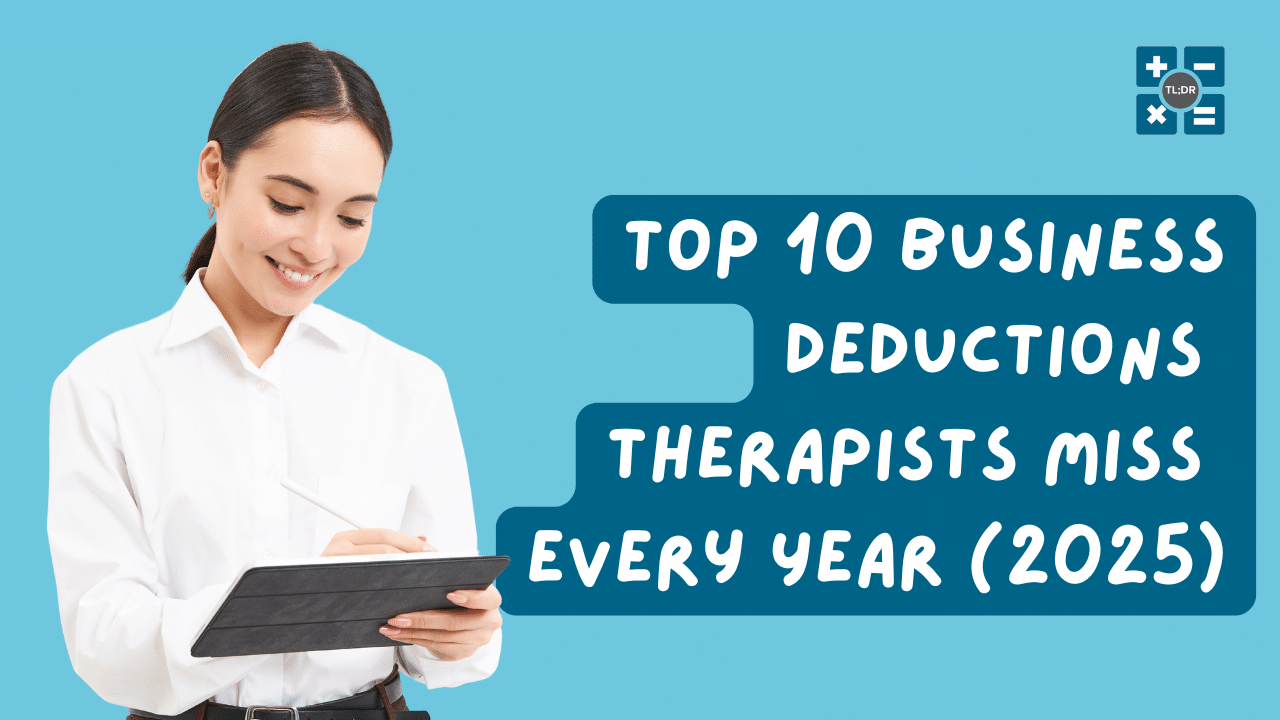It happens to the best of us. The due date for quarterly estimated taxes catches us off-guard like a craftily-placed spike trap in a dangerous dungeon. If you’ll forgive us for mixing our metaphors, our first recommended step for you is “inscribed in large friendly letters” on the cover of Douglas Adams’s famous book The Hitchhiker’s Guide to the Galaxy:
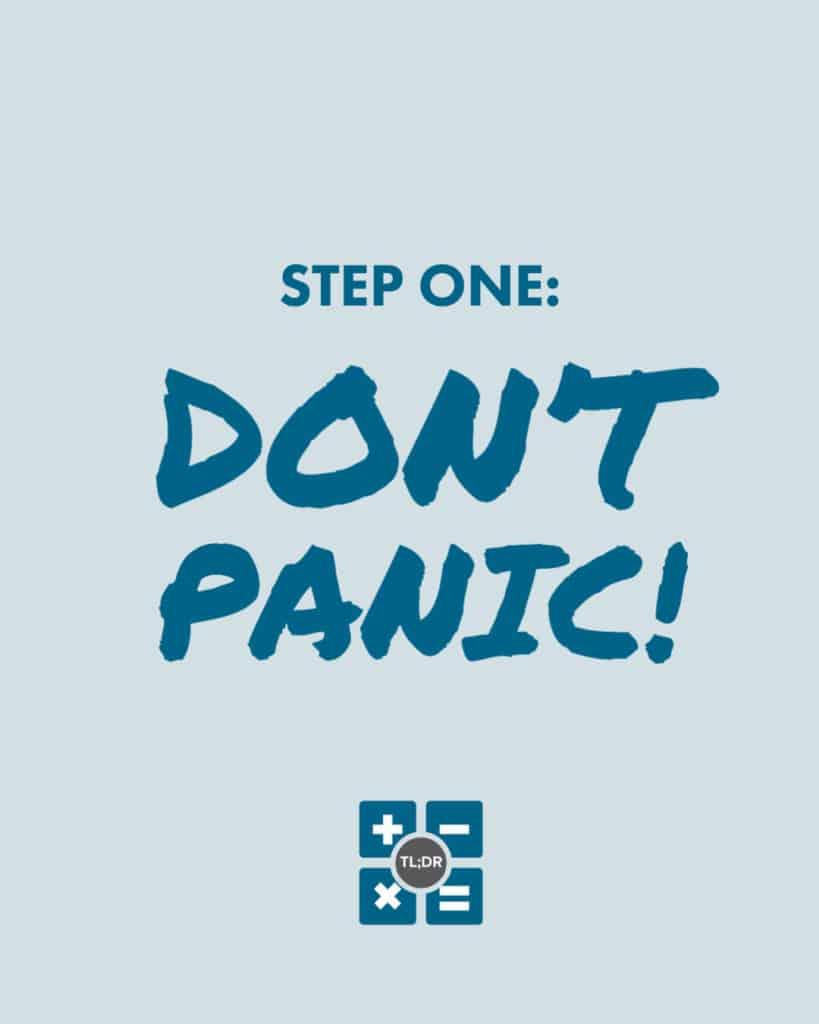
Step One: Don’t Panic.
It’s an excellent first step, and it’s also good to keep in mind as you follow the next few steps.
Step Two: Pay What You Can, As Soon As You Can
Quarterly estimated tax payments don’t have to be “all or nothing.” It is true that the only way to avoid penalties for sure is to pay the whole amount on time. But it’s important to note that the IRS charges penalties and interest on the balance due. If you can reduce your balance due by paying what you can, you will reduce the resulting penalties.
When paying what you can, don’t wait for the next quarterly tax due date. Pay what you can pay now, and then continue to make payments in the amount you can afford, when you’re able to make them, until the total amount is paid.
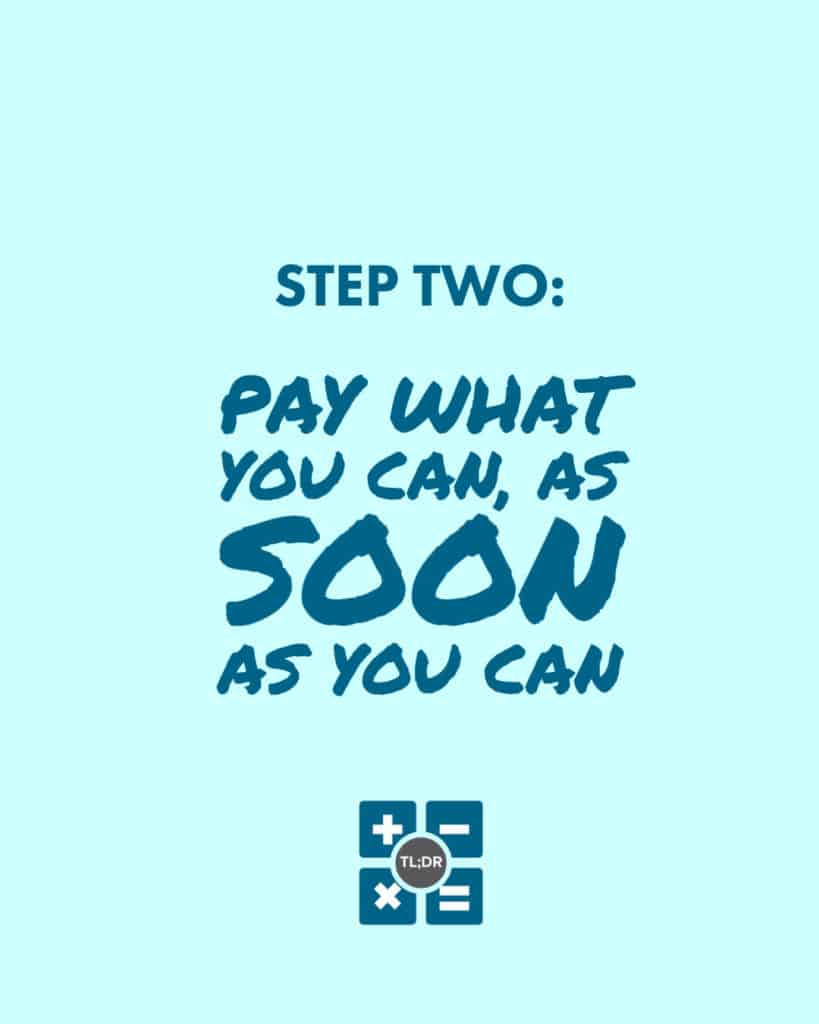
Step Three: Make a Plan to Set Aside 40% of Your Income for Taxes
We know what you might be thinking. “Forty percent? I can’t afford that!”
The reason we recommend setting aside income when you earn it is to avoid using that money for something other than taxes. If you are like many small business owners and you make discretionary spending choices based on the money you have available in your business bank account, immediately reserving income for taxes can reduce your current unnecessary spending and enable you to weather tax payments later, even if the due date catches you off-guard.
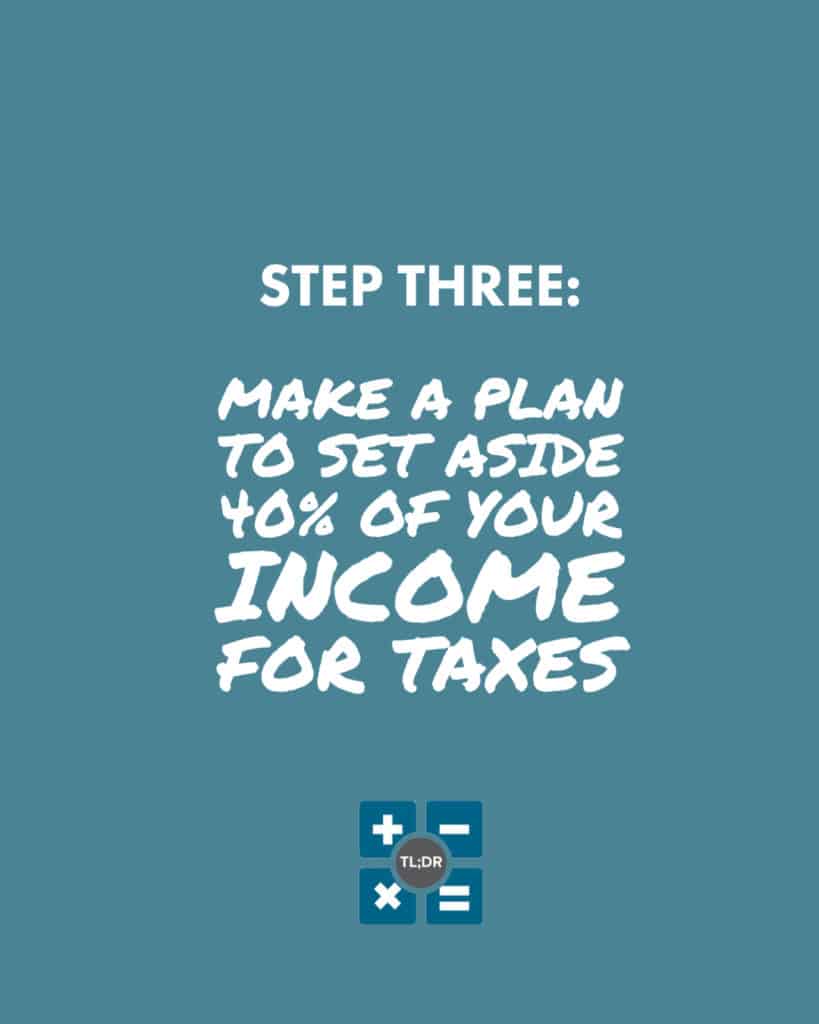
Imagine how good it might feel once you catch up on your taxes, knowing that in all likelihood your estimated tax payment will be a smooth process rather than a stressful event. The goal is to set aside money for your current taxes while also setting some aside for any estimated tax payments you’ve missed over the year.
If it gets time to file your taxes and you still don’t have enough to pay the amount required, you can get on a payment plan with the IRS. The catch is that you must remain current on your taxes until it is paid off.
TL;DR: Is your business bank account running on empty at the same time quarterly taxes are due? Many small business owners are or have been in your shoes. Step 1: Don’t Panic. Step 2: Pay what you can as funds come available. Step 3: Make a plan to save for taxes so this doesn’t happen again. *Run into trouble? You can schedule a call with one of our accountants who can help any time!*
